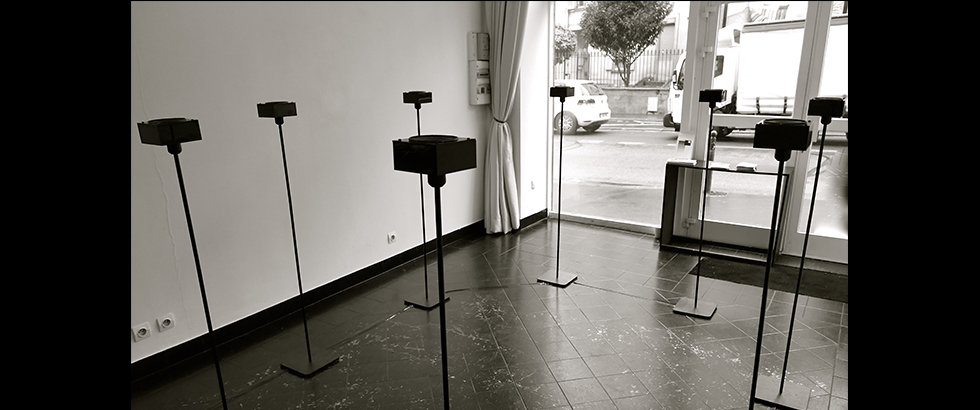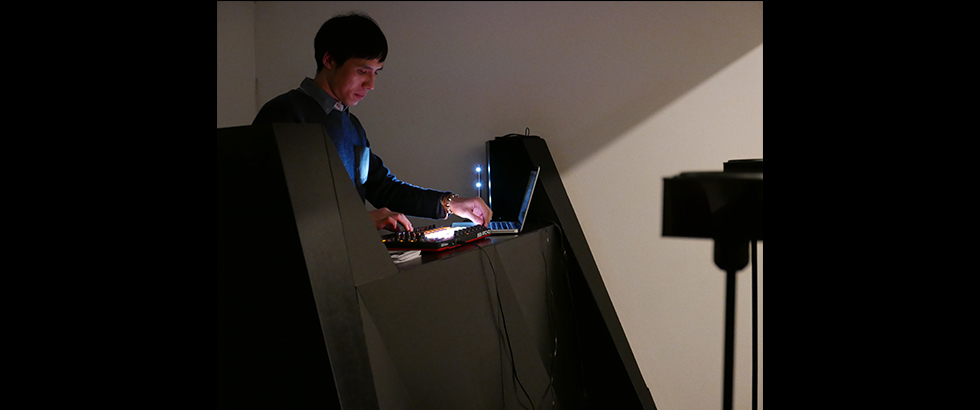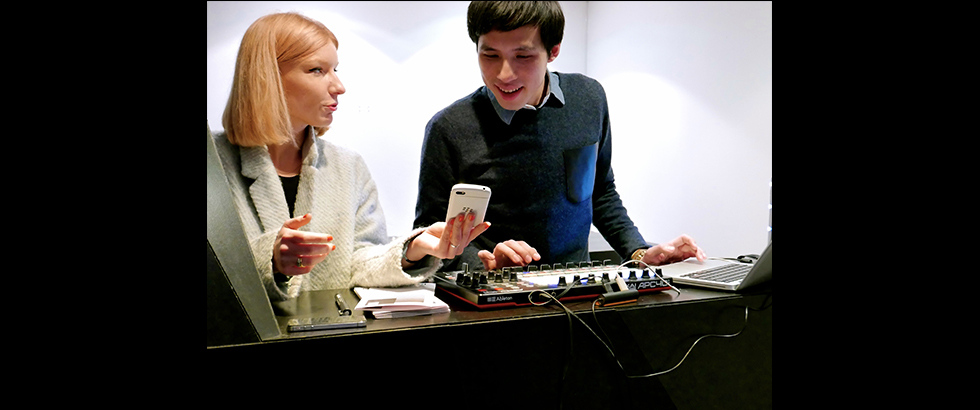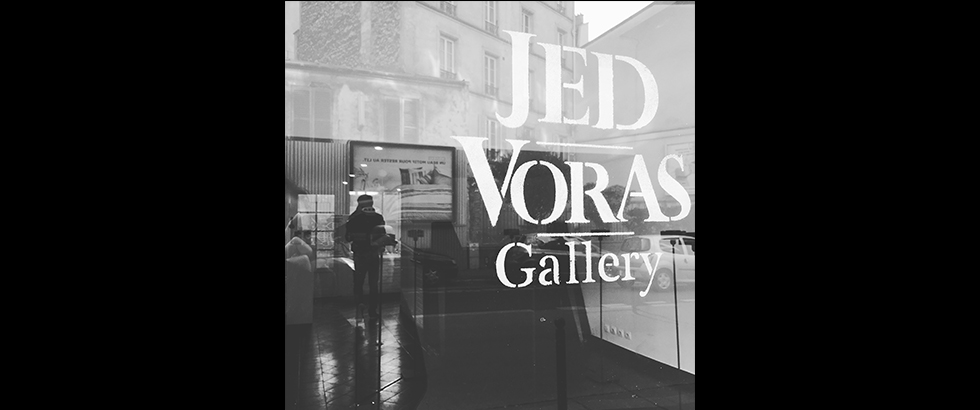Artists
Photo Credit: NIU Chun-Chiang
CHI Po-Hao
CHI Po-Hao
| Location | France / Paris |
|---|---|
| Residency | Cité Internationale des Arts |
| Year of the Grant | 2015 |
| Work | REPETEND |
| Personal Website | CHI Po-Hao's Personal Website |
His studio, Zone Sound Creative, is actively involved in various performances, exhibitions, and educational initiatives while expanding its international collaboration network. Notable recent projects include "Selected Ambient Airs," sponsored by the British Council, "3000 Years Among Microbes" in collaboration with MIT, "Plastic Soup – Invisible Matters," a joint effort with BEMA in Mexico and artists from Latin America, "Interfaces of the Invisible" presented at the Museo de la Ciudad de Querétaro, and "Signal, Scale, and Spectrum," a project involving Mexican artists in residence. These projects pioneer new frontiers at the intersection of artistic practices and technological applications.
1. Creative Focus and Process
Cité Internationale des Arts was more like a living and working space, but provided almost no assistance in terms of equipment and technical support. It was not as convenient for new media or technical art creations. If related agencies could help compile information on vendors of different expertise and tools, such as carpentry, ironwork, and laser cutting, based on artists’ past experience, it would help artists to work more efficiently.
Early on during the residency program, my main creative direction was onsite electronic improvisation. I had rough plans for a number of projects. In addition to presenting the works in collaboration with fellow Taiwanese artists in residence during Open Studio at Cité, I also arranged for a tour in London. I also worked with local documentary film director on the music of “Roam.”
For my creative projects during the residency, I mainly focused on introducing the concept of “rhythm” in music into everyday life, discussing the hidden rhythms in individual behaviors or even urban planning. In public spaces, daily movements and behaviors form our memory of a city. Different streets and different routes would give rise to different ways of living; they are the elements that jointly construct the collective urban memory. I also made use of the city’s organic quality, which can be regarded as the element of chance operation, as every person living in the city has a chance to become participant of this song. Between organic and inorganic, intentional and chance, the composition method enlarges the imagination of sound in terms of creative form, and includes a wide range of development possibilities.
One possible development in the future is to convert the repetition of a simple behavior through “sonification” technology into rhythmanalysis to produce flowing sounds. A place is the epitome of a world, where I store flowing information, redirecting it into space in form of sounds. Using related data collected in different regions as parameters for adjustments of the sounds, the synthesized sounds become the media through which we receive, reflect, and project living environment. Also, constantly changing sounds trigger our attention and concern for what we see.
In November, I was invited by curator Ekaterina Shcherbakova (Russia) and Michela Alessandrini (Italy) to start the collaborative project, an exhibition to be held in Galerie Jed Voras in 14th arrondissement of Paris in early February. In addition to being a gallery, Jed Voras also provided AIR program. Director Aleks was Polish, and was very supportive of experimental creative projects by young artists. I was quite inexperienced. When I was in Taiwan, I actually did not know now to contact a curator. This was the first time I worked with curators, and the first time I held a solo exhibition on my installations.
When you are in Europe, you get more direct and concrete understanding of the development and direction of Western art compared to living in Taiwan. The information you received in the past begin to connect with what you see, and gradually you have more well-rounded observation. You are able to see and be involved in different scenes, through which you get to reposition your expectations and reconsider your creative direction as an artist.
2. Conclusion
Living abroad made me become more aware of Taiwan’s marginalized status in the world. However, on the other hand, I also realized that Taiwan must improve the efficiency of granting cultural and art subsidies and gaining global exposure. To be granted official subsidy and live in Europe freely for six months was something that would make anyone envious, and it was obviously beneficial to me. But while being subsidized, I was also anxious. Ministry of Culture’s selection of Cité—the art village only had a number of rooms but provided no other supports or assistance—was obviously not the most ideal option. Although to a certain extent I rely on the subsidy system, but inappropriate subsidy will result in “rent-seeking,” and with a set sum of total subsidy, the subsidized projects will need to fight over resources with one another, and consequently hamper the overall effectiveness and efficiency. I have doubts regarding the process of “subsidizing individuals” as it seems like a lottery.
When I first applied, my expectations included: to observe the balance point between creativity and market value of art in Europe, enhance skills and cultivate good taste. Six months passed by rather quickly, and it felt like I really did not get to do much; I did not really improve my skills, but I did get more time to really think about what I wanted to do, and what was the right thing for me to do. After spending sometime abroad, it probably will take some more time to think about the next step after coming back to Taiwan. Strictly speaking, in terms of creative direction, I believe I will be more confident and try the things I truly find interesting.




